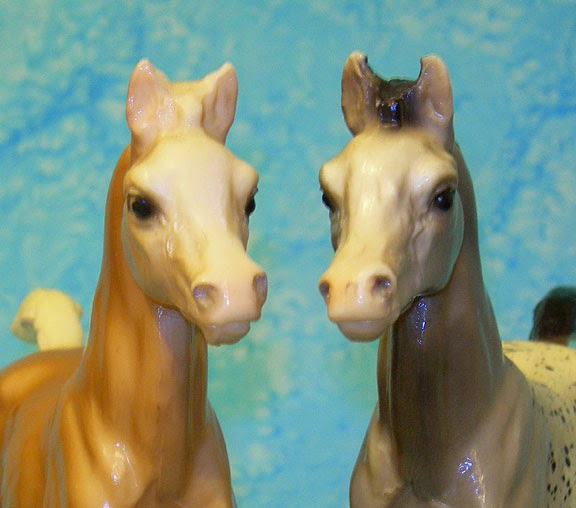A 40-piece Special Run Wedgewood Blue Pronghorn Antelope? Didn't see that coming. (What I thought might be coming? Either the Elk, or the Boxer.)I had no idea that they would actually be doing a Boxer a few days later. Here’s Rolly:
He was available only to people who didn't buy Glacier, so I couldn't have gotten him anyway - which is good, because my follow-up doctor's appointment was that afternoon, and it would have bugged the bananas out of me to think I missed it-missed it!
(All is well on that health issue, BTW. It was something rare, unusual, and benign. And now gone for good.)
I like that they offered him only to people who did not order Glacier - that’s a nice way to spread the wealth around a bit. It’s an interesting and potentially viable workaround for future Vault Sales: drag it out during the holiday week when most people have some extra time and/or money, and limit the rarities to one per person.
It’s sort of like "Let’s Make a Deal"! Do I choose the contents of Door Number One, or pass it up for what might be behind Door Number Two?
My only complaint with being excluded from the Rolly sale is that I wasn’t able to directly print out the offer page for my archives, as I usually do.
I’ve seen some people compare these sales to what Peter Stone has been doing, but I think the comparison is a little off. What’s true: they are superpremium models with prices that reflect both the esoteric nature of the mold and paint selections, and the amount of detail that goes into creating them. Like with Ghost Moose’s eyes:
And as for other differences, there are lots, and entire forums dedicated to arguing about it. The most fundamental difference is in the marketing. Running a boutique operation where every run is either a Micro Run or Factory Custom is basically Peter Stone’s business model. Reeves sells models of every production level and price point to everyone, and their Micro Runs are just one of the ways they market their product to the higher end/more dedicated segment of their customers.
Rolly's neat, and I had been planning on working on gaps in my dog collection next year anyway: looks like another one just opened up! I'll have to do a trade of some sort down the road, because the original $250 price tag would have been a stretch for me, regardless.
If I had the time - or the mind - to do it, I’d call up Reeves and ask if they are just deliberately messing with me now. If you guys are, could you please hold off on the Special Run Elk a few more days?
The bank account is a little low, and I don’t get paid until Friday.




































